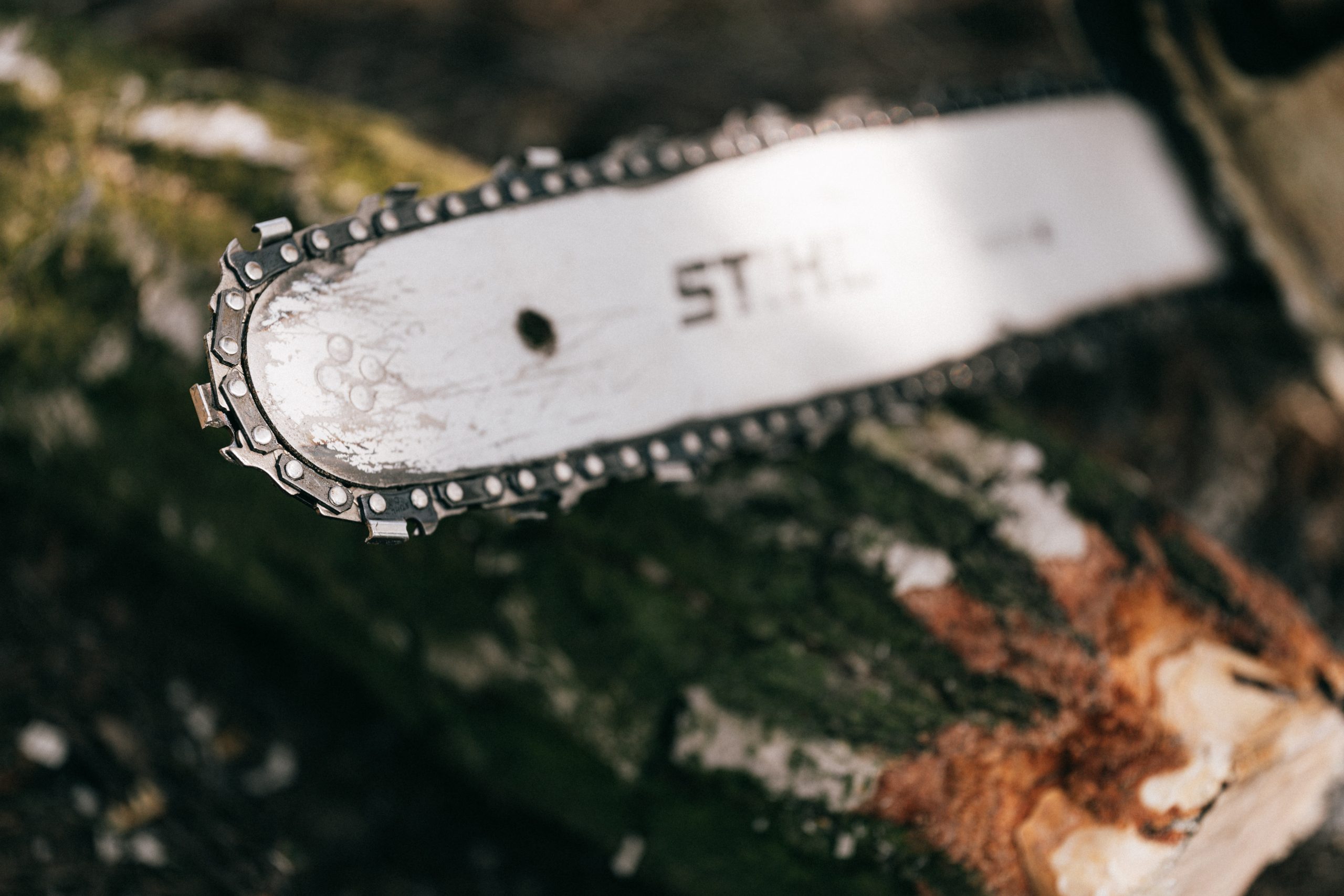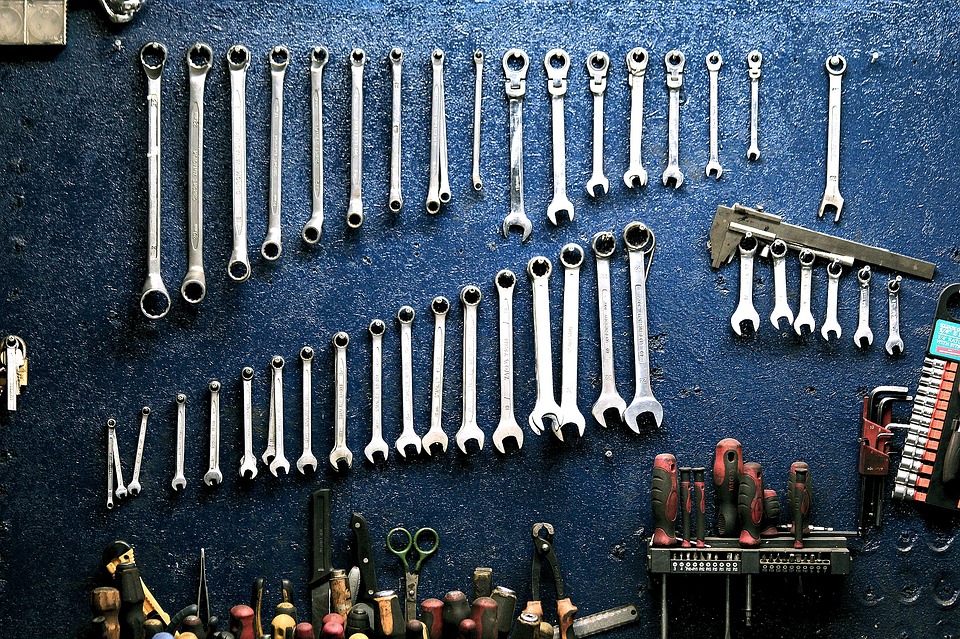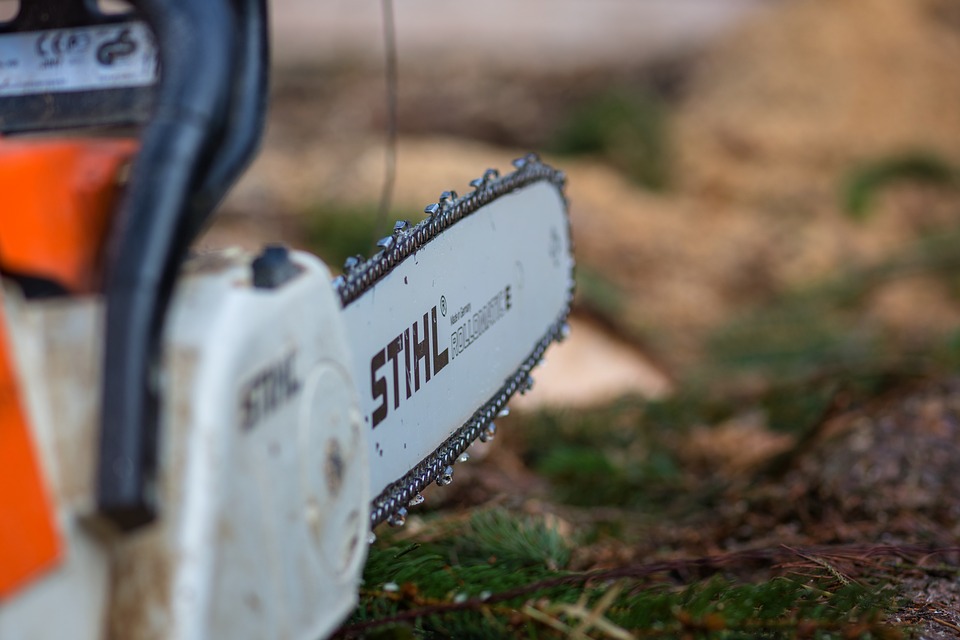How tight should a chainsaw chain be? Is it possible for the chain to be broken if it’s too tight or not? I have a chainsaw at home and these issues have constantly occurred to me. So, I did some research on my own and tried everything I could think of. I made every effort with my chainsaw to get the job done—and here are the results:
What is the proper tension for a chainsaw chain?
A chainsaw that is properly tightened should be slightly loose from the guide bar. However, it shouldn’t be so free that it can fall out. It’s critical to maintain the chain and keep it aligned with the guide bar. If it comes away from the guide bar, give it a little tug and see if it engages properly. It’s also possible that it has been over-tightened. If the chain is too tight it will actually not be aligned properly with the guide bar and you will need to loosen it by a few degrees.
The proper tension is to keep the chain a little looser than the guide bar but not so loose that it can come off.
What Will Happen If the Chain Saw Chain Tension Is Incorrect?
Let’s look at what would happen if your chain wasn’t tensioned correctly. If the chain is a bit too tight, the guide bar will gradually curve as the chainsaw operates at high speeds. The chainsaw may break or become inoperative. If the chainsaw chain is a bit loose while being used, it may fall and inflict severe injuries to you or anyone nearby.
Because of wood heaters and the fact that they are inexpensive, we can now observe a chainsaw in almost every household. They are now very relevant to an average home. However, when a chainsaw isn’t put to use for much work, we tend to neglect its maintenance. We don’t see this, but a chainsaw chain might loosen with each use.
It’s possible that it will need to be tightened after a few uses. As a result, before utilizing your chainsaw, double-check the alignment.

Adjust the chain tension on the chainsaw
We’ll start by describing what is the difference between good and bad chainsaw chain tension.
- Good Chainsaw Tension
A well-tightened chainsaw chain must be a bit loosely aligned with the guide bar. Having said that, it must be tightened enough so that you are unable to separate the drive links from the bar nose.
Pull the chainsaw chain a little bit away from your guide bar to observe if the drive links stay connected or not. This will give you a clear indication to see if the chainsaw’s chain tension needs to be adjusted.
- Bad Chainsaw Tension
When we pull away from the chain from the guide bar and the chain’s drive links come out of the guide bar as it is pulled, you need to make it tighter.
Tension testing of your chain
There are two approaches to check your chain tension.
- The snap test
To do a “snap test,” pull your chain as far away from the bar as it will go. Then, release the chain. If it snaps snugly back in place, then that’s a great sign of adequate tension.
If you can’t remove the chain from the bar, your chain is too tight. If the chain just hangs limply when you pull it away from the bar, it’s too loose.
This test is useful, but I prefer the second one.
- The pull tests
The “pull test” is a measure of chain tension. Gently pull the chain away from the bar to do this test.
With your palm facing down, push up as high as you can without losing contact with the chain. You want the chain to come away from the bar only enough that the drive links do not entirely clear it. The connection links should still pull out a little, but their ends should not exit the bar groove.
If your chain is too tight or too loose, you’ll need to adjust it. Don’t worry, you may alter the tension of your chain with three simple steps.
How to Make a Chainsaw Run Smoother
To begin, you’ll need to complete three steps:
- Look for the tension screw
- Get your hands on the right tool
- Tighten the chain
Let’s see each step in more detail
Look for the tension screw
The following are the top three places where you’ll find tension screws:
- The side panel is located between the bolts which hold the guide bar in place.
- If you’re facing the chainsaw, it’ll be slightly to the right of the guide bar and to the left of the guide bar bucking spikes (if there are any)
- A lot of new chainsaws have a built-in “easy-tension” system. Instead of tightening the chain with a screw, this kind of chainsaw has an integrated handle that you can twist with your hand to change tension.
Get your hands on the right tool
For most chainsaws, you’ll need a Scrench. But if your chainsaw has a built-in “easy-tension” system, such as the Oregon chainsaw, you don’t need a Scrench for this adjustment.

Tighten the chain
Turn the tension screw with your other hand while holding the nose of your guide bar in one. Using your pliers, twist and turn the tension screw until all of the drive links on your chain are covered by the guide bar. To summarize, tighten the chain links until they are level with the guide bar.
Conclusion
Before you think about how tight should a chainsaw chain be? First, understand what the real issue is with your chainsaw. Does your chain need to be tighter; does it need to be sharpened? Maybe the chain needs to be replaced and tightening it more will only damage the chainsaw. Chainsaws are powerful machines – yet they are very delicate and at the same time, dangerous to work with. Do consult with a professional if you don’t understand or don’t know what you are doing.
